The English longbow, originally adopted from the Welsh, was made from a single piece of Yew wood, and required skill to make and use. However, a skilled longbowman could fire 12 arrows a minute at a range up to 350 yards. While not as powerful as a crossbow, the rate of fire was far superior, and the longbow proved most effective in defense. Longbowmen were feared for the volume of arrows they could fire, as well as their accuracy against cavalry.
English infantry in the 14th and 15th centuries were recruited from among the local populace, with longbowmen making up the most skilled infantry soldiers, and raised in times of war by levy. However, so-called Retainer Longbowmen were hired and retained for ongoing military operations, and typically engaged in the heaviest fighting due to their professional status.
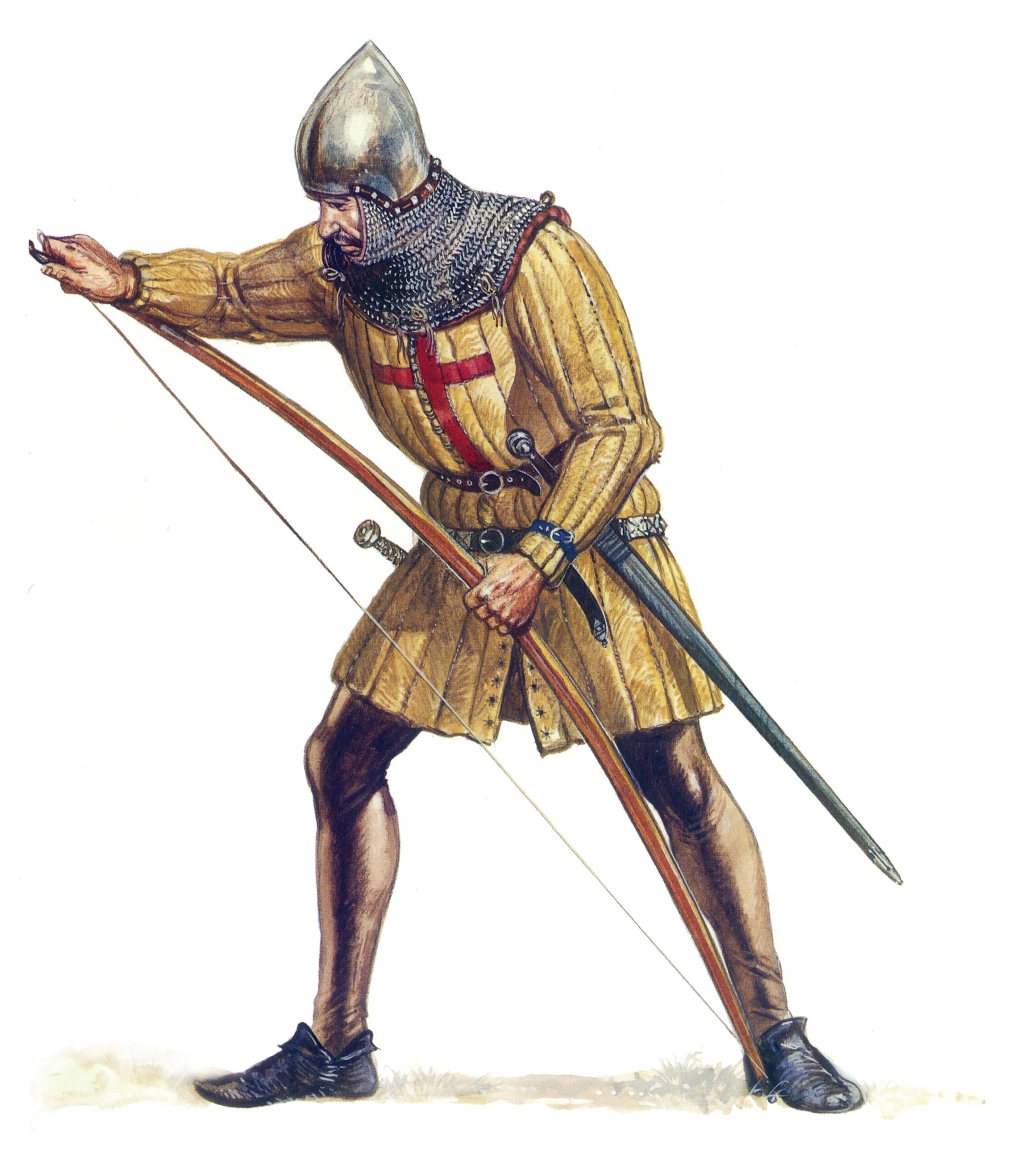
English and Welsh longbowmen became the pride of the English Army during the Hundred Years War, achieving fame at Crecy, Poitiers, and Agincourt. At Agincourt, where Henry V carefully picked terrain most suitable for his outnumbered army, his archers were able to rain down arrows on the French knights, forced into a long, narrow killing zone by thick woods on either flank.
While similar bows are known to date from much earlier, it was the skilled English longbowmen who made it a particularly powerful weapon in the hands of the peasant troops of England, and a symbol of national pride.
Headgear: He wears an iron bacinet helmet with a chainmail coife protecting his neck.
Gambeson: Heavy quilted and layered linen canvas jacket. Later, these jackets were sometimes lined with metal plates.
Quiver: Not visible, quivers were hung from the waist belt, not slung over the shoulder. In some cases the quiver was made to sit on the ground for easy access in stationary positions.
Bracer: Visible on the left wrist is the strap of his bracer, made of leather and horn, and used to protect his forearm from the bow string.
English Longbow: Frequently six feet or longer, made of a single piece of Yew. The range of a military bow could be up to 350 yards.
Hosen: Stockings made of wool or linen.
Dagger: Carried for close in fighting, used to thrust between the protective plates of an enemy knight’s armor.
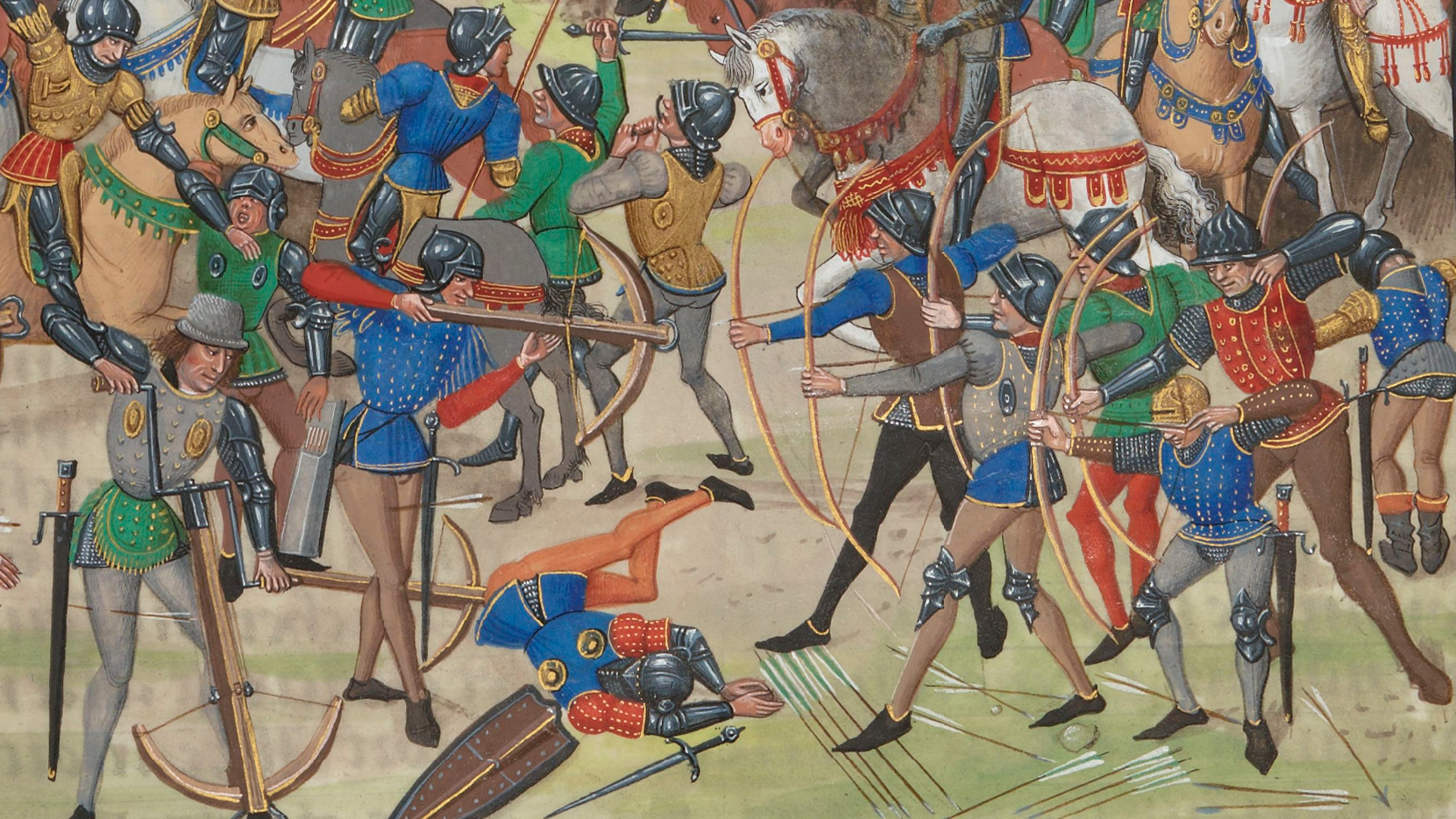
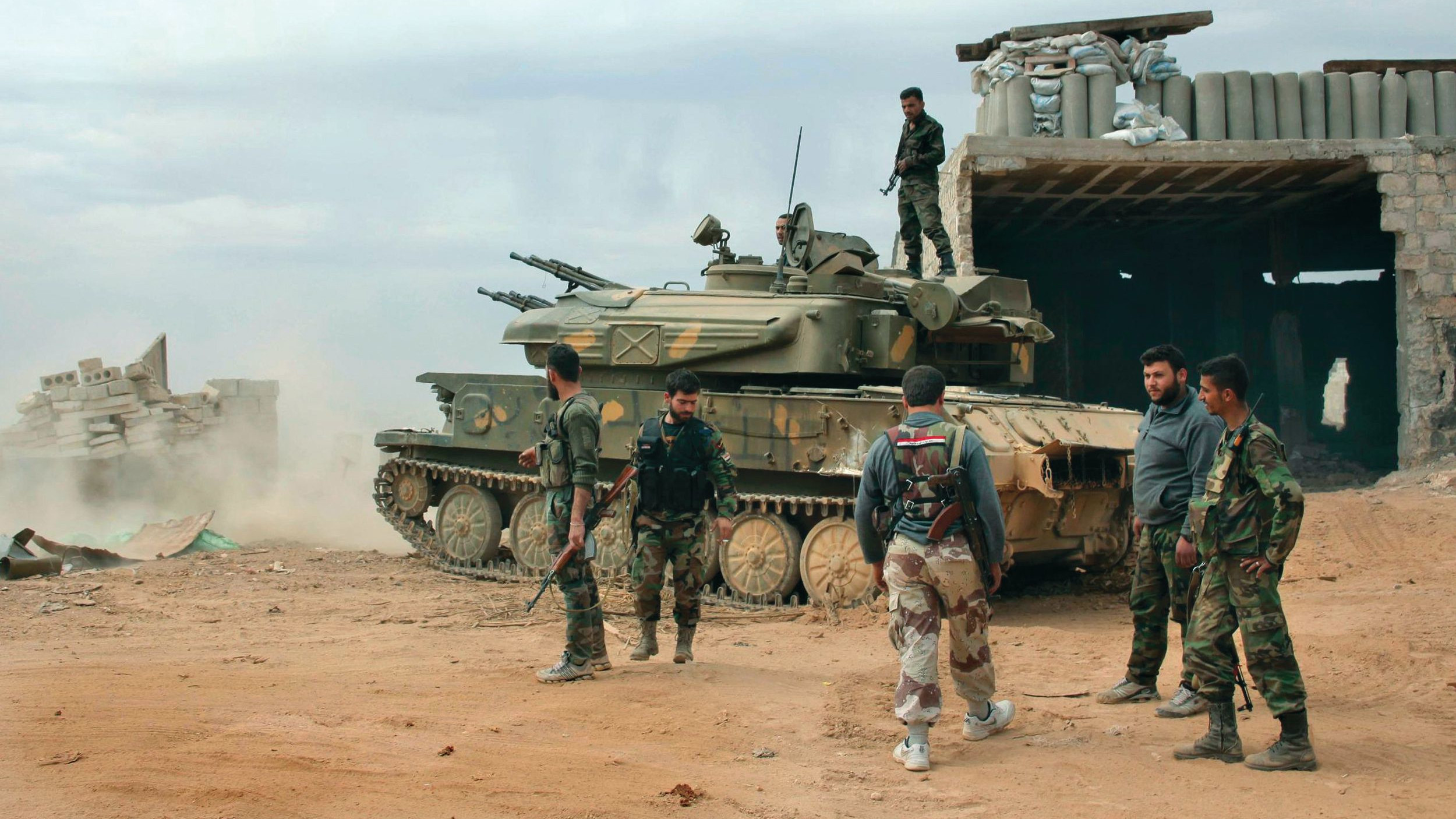
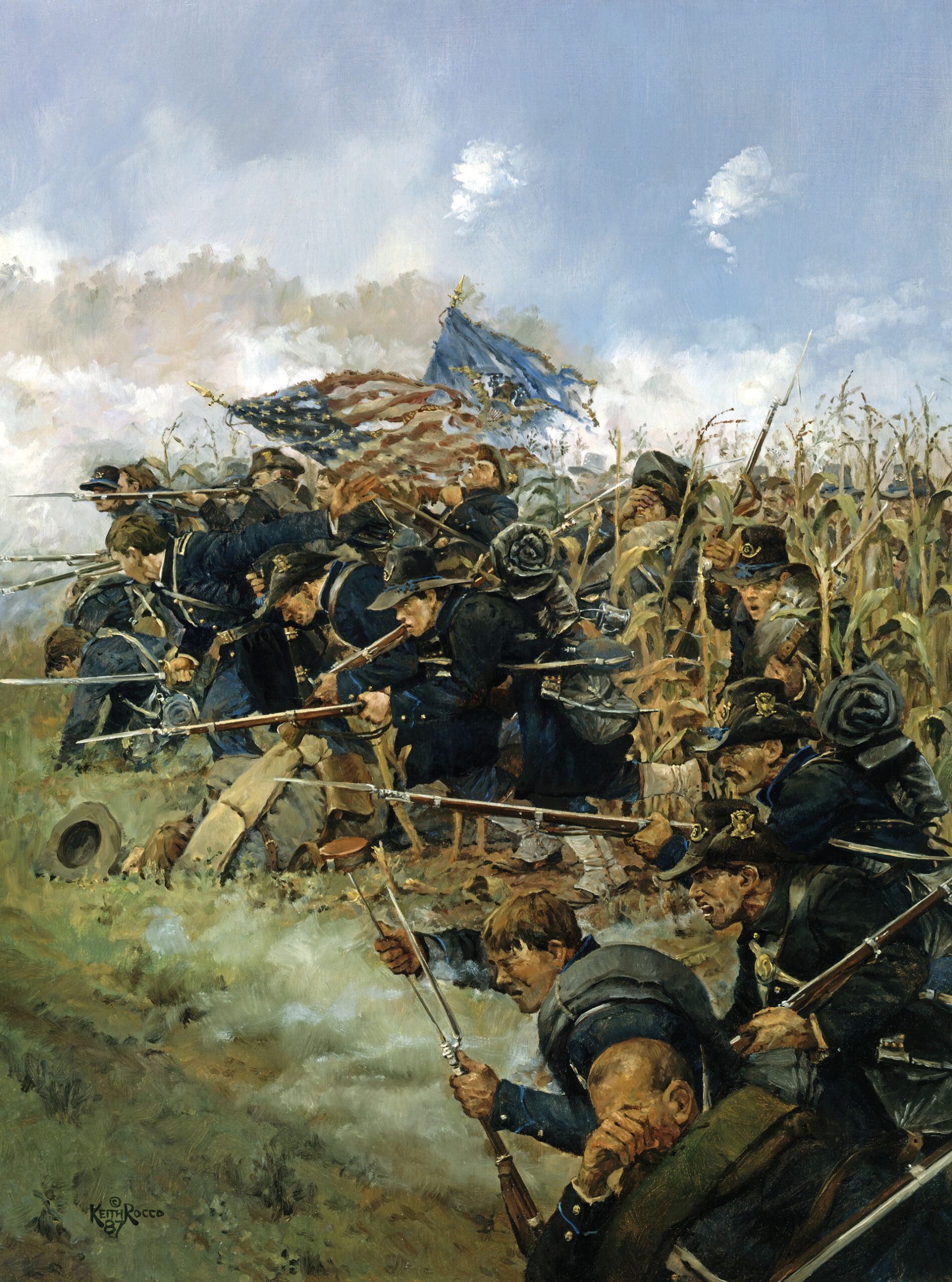
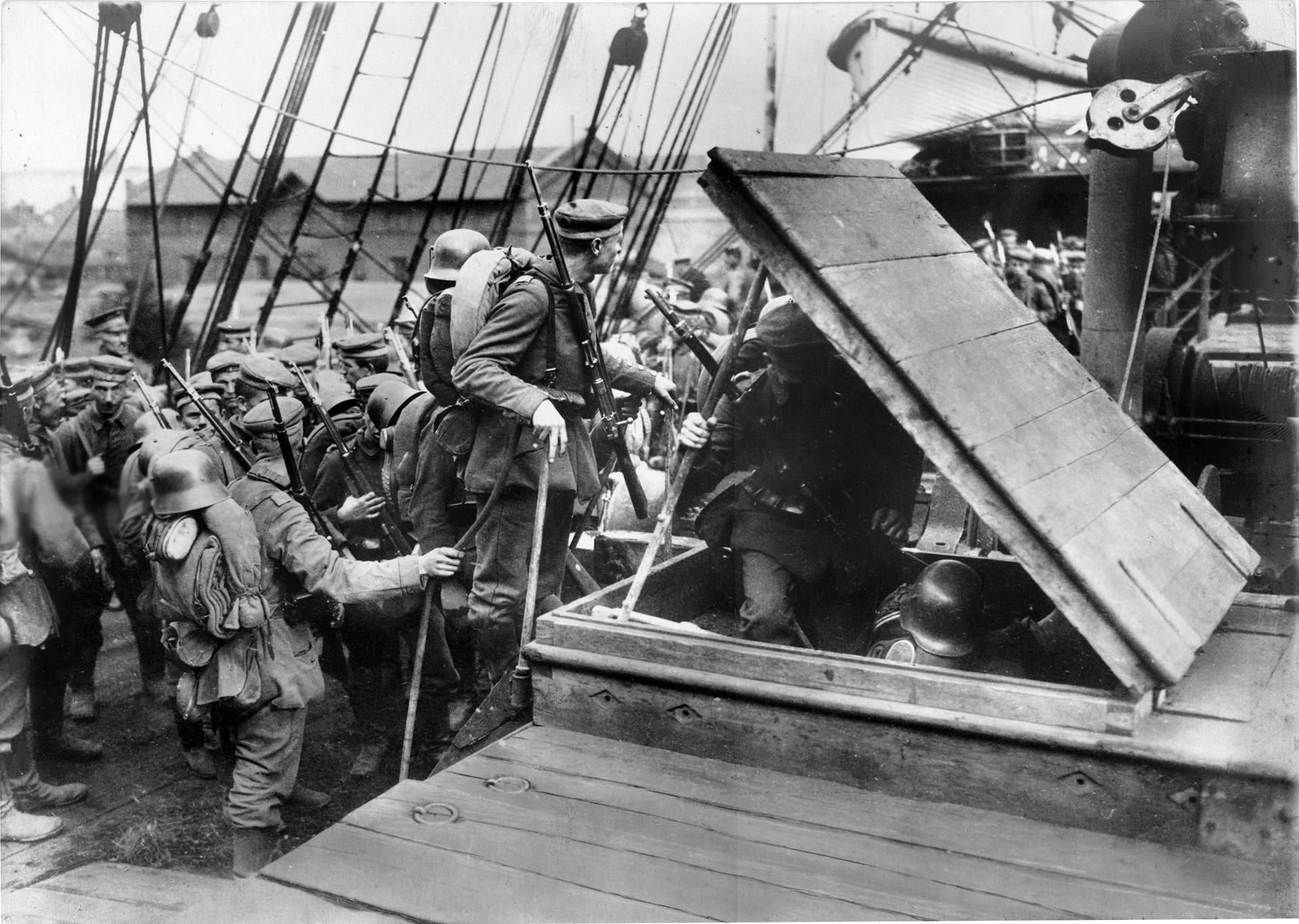
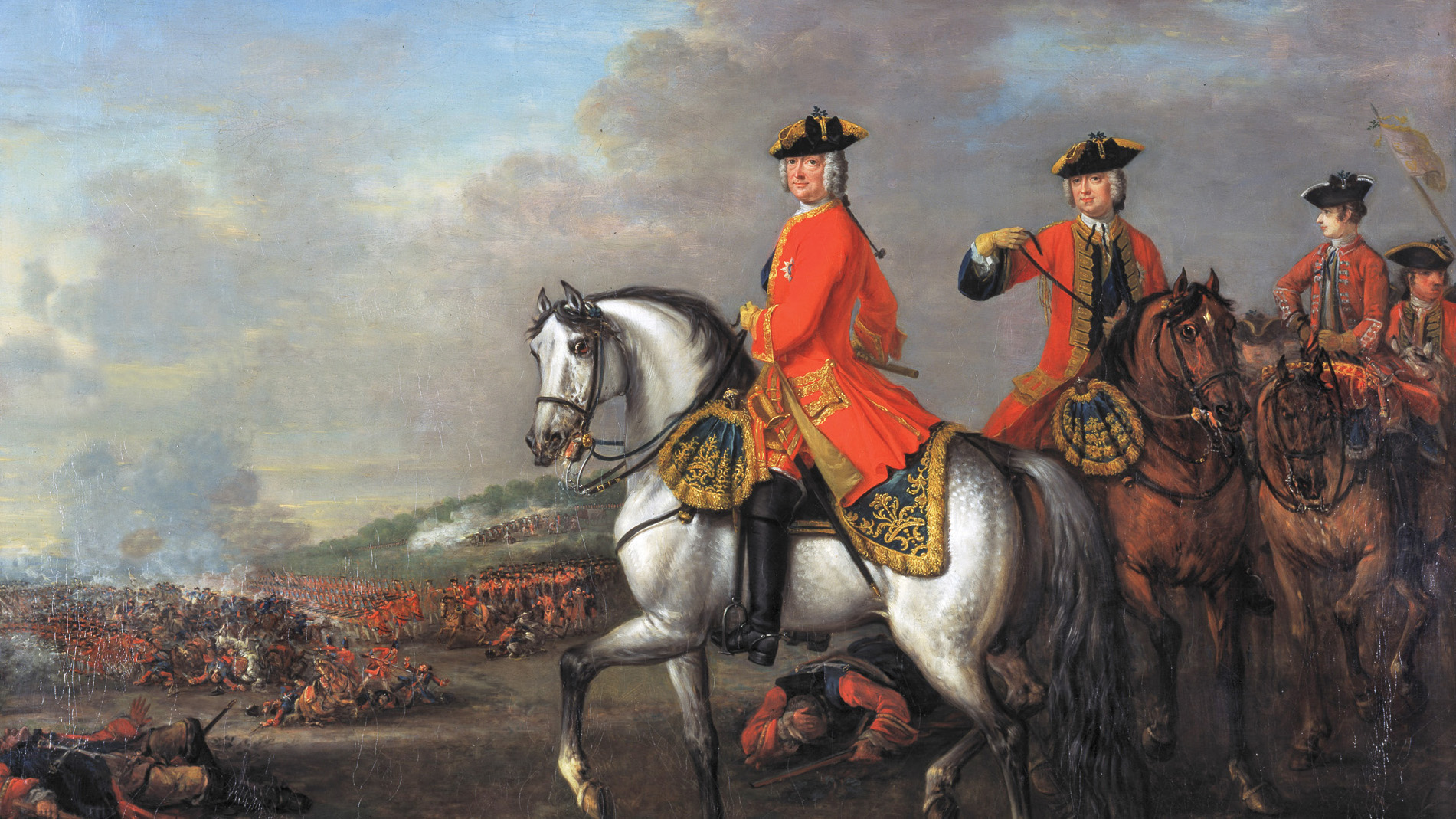
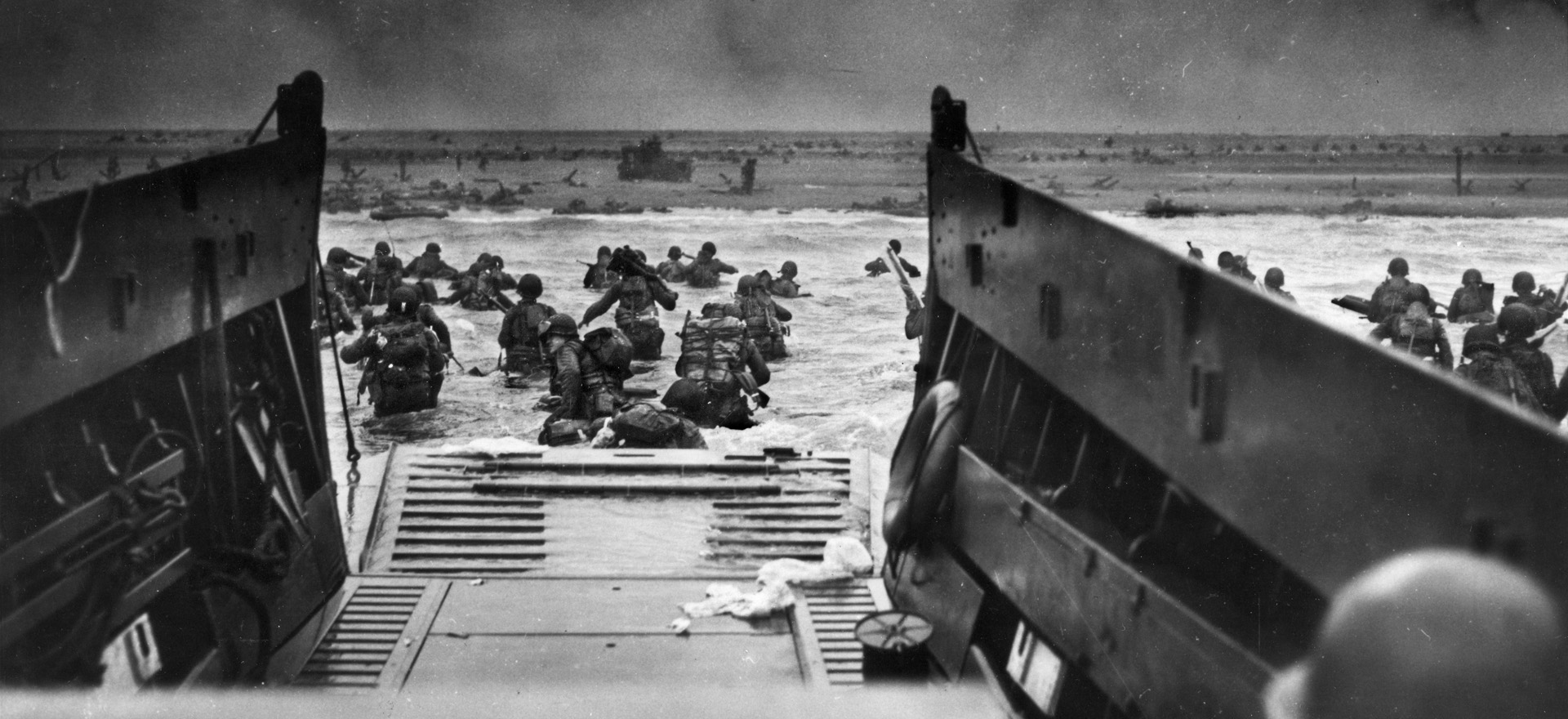
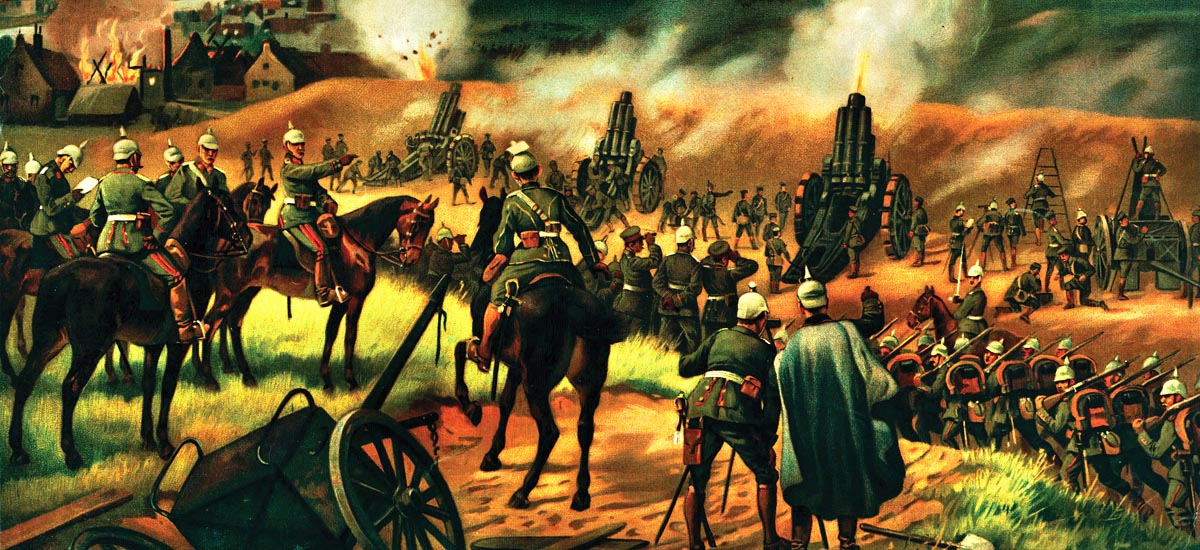
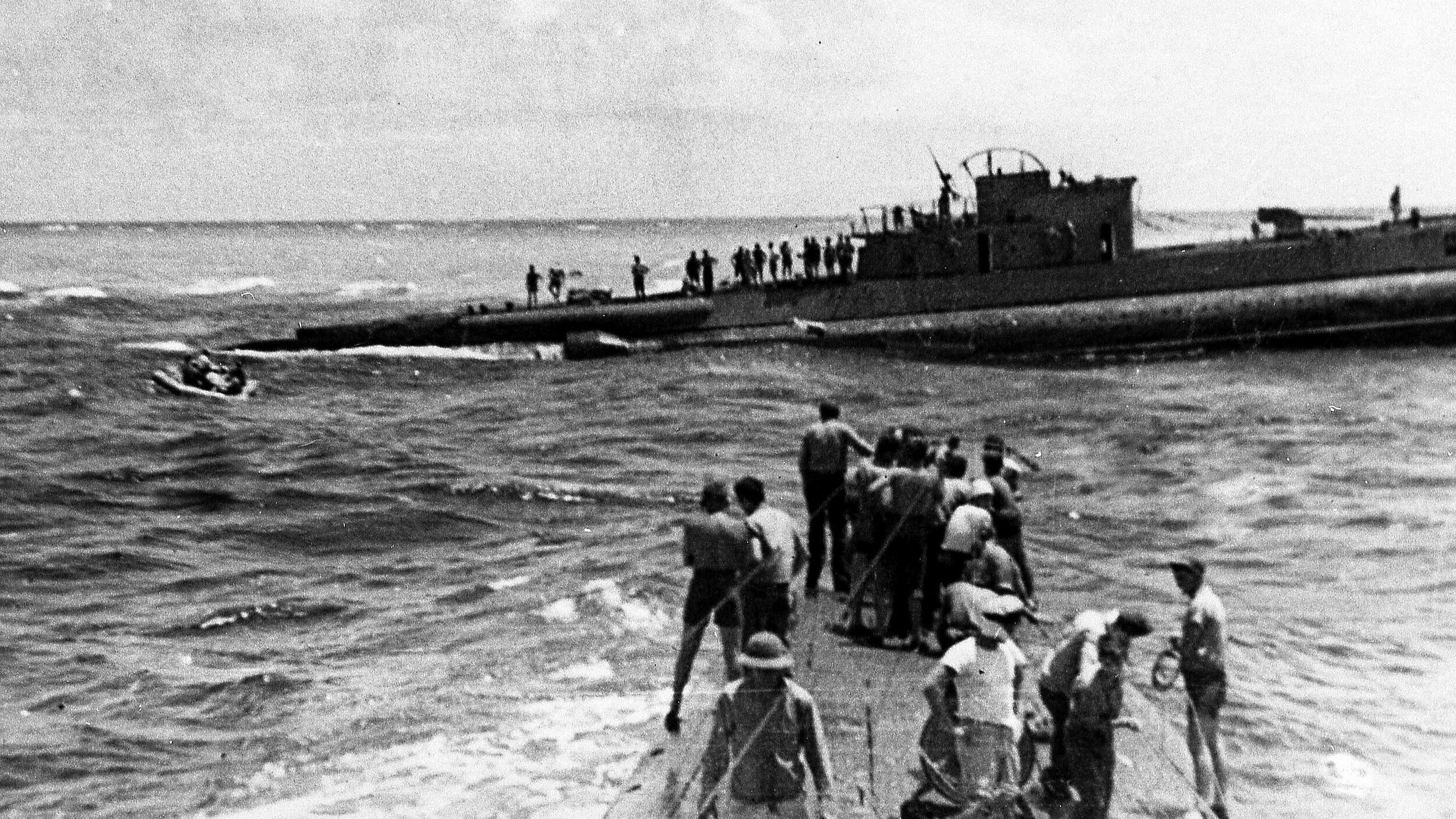
Join The Conversation
Comments
View All Comments